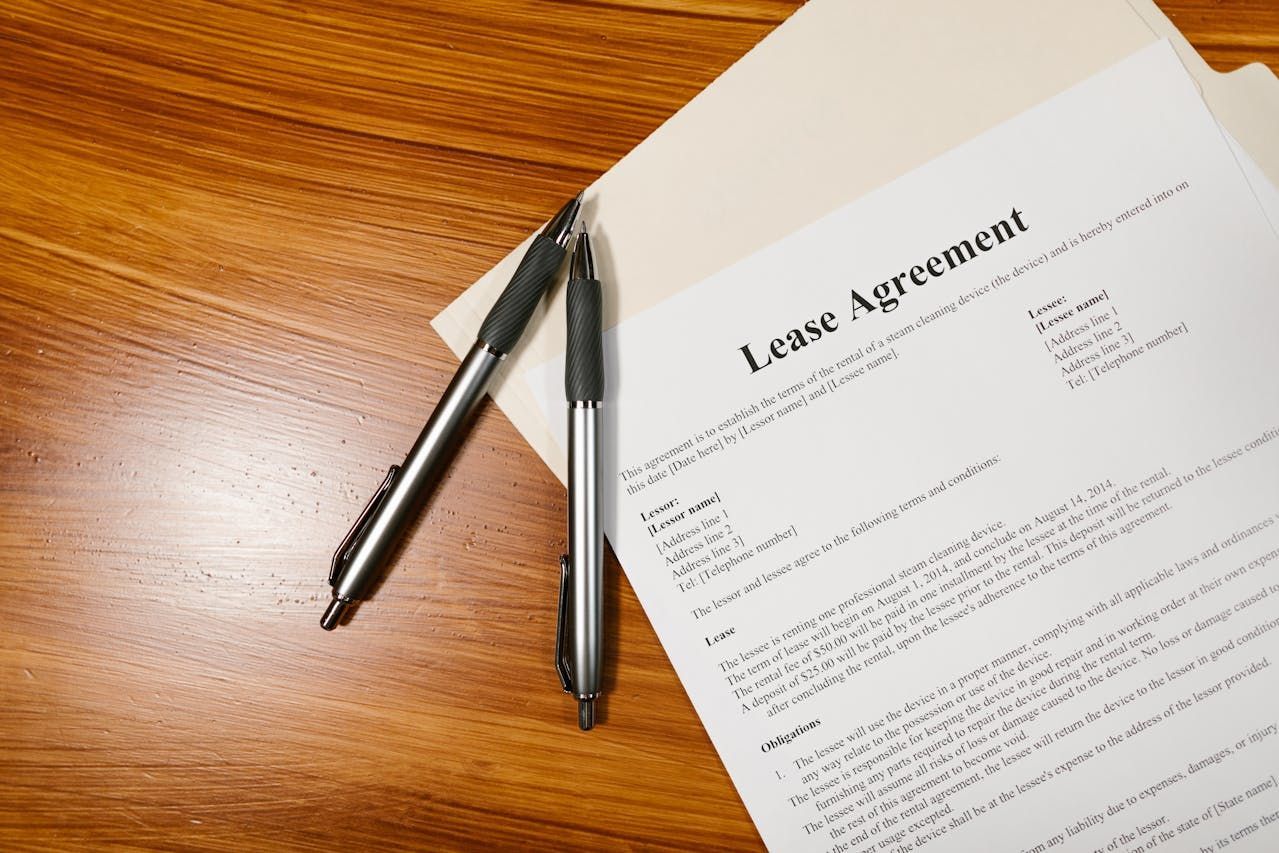A Guide to the Eviction Process in Texas
Key Takeaways
- Landlords must follow Texas’s strict legal eviction process—including proper notice and court proceedings—to avoid costly delays or legal penalties.
- Student renters often present unique challenges and potential legal defenses, making thorough documentation and lease clarity essential.
- A successful eviction involves multiple steps, from serving notice to obtaining a Writ of Possession, all of which must be handled lawfully—especially in time-sensitive student housing markets.
For landlords managing student housing near Baylor University, understanding the Texas eviction process is critical. Whether it’s nonpayment of rent or lease violations, knowing how to lawfully handle an eviction can save time, money, and unnecessary stress. In this article, we at Campus Realtors will cover the standard eviction process landlords need to know.
An Overview of the Texas Eviction Process
Texas landlords must follow a structured legal process to evict a tenant. Failing to do so can result in delays, court dismissals, or even penalties. This guide covers each step in the Texas eviction process:
Notice for Lease Termination with Legal Cause
A Texas landlord can evict a student tenant for several legal reasons including:
- Nonpayment of rent
- Violating the lease agreement
- Damaging the property
- Illegal activity on the premises
- Remaining in the rental after the lease has expired

The type of notice required depends on the reason for the eviction. In general, Texas landlords can use the following eviction notices:
- 3-Day Notice to Pay or Quit – Issued when the tenant fails to pay rent. The student tenant has three days to pay the amount owed or move out.
- 3-Day Notice to Cure or Quit – Used when the Texas tenant has violated the lease. The tenant has three days to correct the violation or leave.
- 3-Day Unconditional Quit Notice – Given in serious cases, such as illegal activity. This requires the tenant to vacate without the opportunity to fix the issue.
Serving a Tenant with an Eviction Notice in Texas
Once the proper written notice is prepared, it must be legally delivered to the tenant. In Texas, landlords may serve the written notice by:
- Personal delivery to the tenant
- Mailing the notice via certified mail
- Posting the notice on the inside of the main entry door, if no one is home, and mail delivery isn't practical
Make sure to keep a copy of the notice and documentation of how it was delivered. Students may travel or be away during school breaks, so consider using certified mail or documented delivery to avoid claims of non-receipt. If the student tenant fails to comply with the notice, you can proceed by filing a forcible detainer suit at the local Justice of the Peace court.

Tenant Eviction Defenses in Texas
A student tenant may contest the eviction in court by using one or more legal defenses. Common tenant defenses in Texas include:
- The notice was not properly served
- The landlord waived the right to evict by accepting partial rent
- The eviction is retaliatory
- The unit was not habitable
- The lease terms were unclear or not followed by the landlord
For student housing, these defenses can come up due to miscommunication, lack of documentation, or unclear rules about shared living arrangements. Landlords should always keep a paper trail to show lease compliance, property maintenance records, and communication logs.
Attending the Court Hearing
Once the eviction case is filed, the court will schedule a hearing. Both the landlord and the student tenant will be notified of the date. At the hearing landlords should:
- Bring all evidence, such as the lease, photos of damages, proof of unpaid rent, and copies of the eviction notice.
- Be prepared to explain your position clearly and calmly.
If the student tenant does not attend the hearing, you will likely win by default. The tenant then typically has five days to appeal or vacate the property voluntarily. If the tenant doesn’t vacate within this time, you can request a Writ of Possession to begin the physical eviction.

Writ of Possession
The Writ of Possession is the official court order that allows the landlord to regain possession of the property. Here’s how it works:
- You request the writ of possession from the court five days after the judgment.
- A constable posts a 24-hour notice to vacate the rental unit.
- If the tenant still does not leave, the constable will remove them and allow you to change the locks.
Note that landlords in Texas are not allowed to perform a "self-help" eviction. Always follow the legal process to avoid liability.
The Eviction
Once the constable has completed the eviction, you are legally allowed to take back the rental unit and change the locks. In student housing near Baylor, evictions often require quick turnaround to prepare the unit for the next semester or incoming tenant.
If the student tenant leaves belongings behind, Texas law requires you to store them in a safe location and notify the tenant. However, after a set period, you may dispose of the belongings if the student does not retrieve them.
In terms of security deposits, ensure that you are following the Texas security deposit laws when going through with a tenant's eviction.
Bottom Line
Understanding the all parts of Texas landlord-tenant law including the eviction process is essential for landlords who rent to students near Baylor University. From serving notices to attending the eviction hearing and regaining possession of your unit, every step must be handled carefully and within the law.
While managing student housing can be rewarding, it comes with unique challenges that require knowledge and preparation.
If you need help managing your rental property, it’s best to work with a trusted property management company that understands the ins and outs of student housing in the Baylor area. Contact our experts at Campus Realtors today!
Disclaimer: This blog should not be used as a substitute for legal advice from a licensed attorney in your state. Laws frequently change, and this post might not be updated at the time of your reading. Please contact us for any questions you have in regard to this content or any other aspect of your property management needs.












